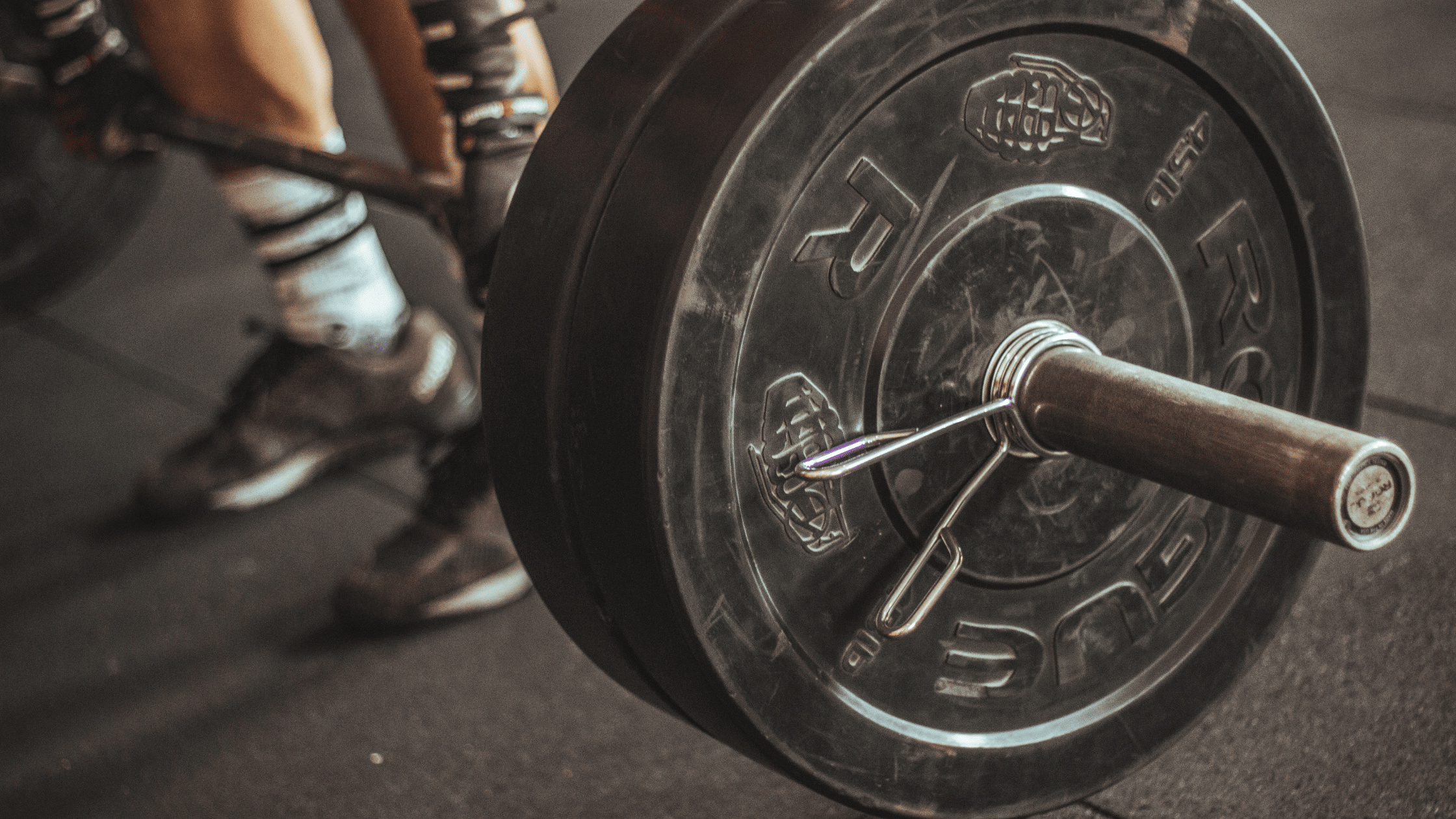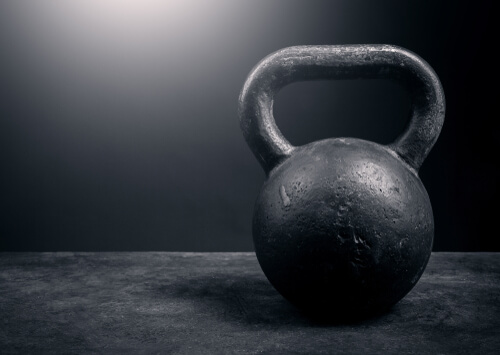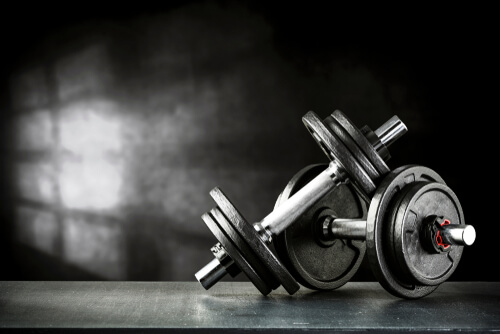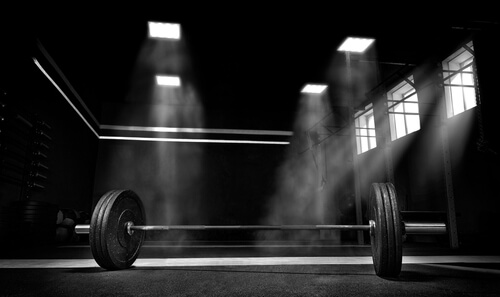Kettlebells, Dumbbells, and Barbells: A Comprehensive Guide

Motion Specialist // EW Motion Therapy Homewood
When it comes to strength training, choosing the right equipment is crucial for achieving your fitness goals. Whether you're a beginner or an experienced fitness enthusiast, understanding the differences between kettlebells, dumbbells, and barbells can significantly impact your workout effectiveness and enjoyment. Our personal trainers at EW Motion Therapy are experts in using all three pieces of equipment in their workout plans, and they can create a plan that perfectly fits your fitness needs and goals. Even if you decide not to train with us, you can still read on as we dive deep into what each piece of equipment does, how to use them, their benefits, and when it's best to choose one over the others.
Kettlebells: versatility and dynamic movements
Kettlebells are cast iron or steel balls with a handle attached to the top. They are known for their versatility and unique shape, which allows for a wide range of dynamic movements. Using kettlebells enhances cardiovascular endurance, flexibility, and strength in a single workout.

How to use kettlebells
Kettlebells are used in swinging motions, lifting, and holding exercises. The classic kettlebell swing is a fundamental move where the kettlebell is swung from between the legs up to chest height or above. You can also use kettlebells for squats, lunges, and Turkish get-ups, which are great for building strength and stability.
Benefits of kettlebells
- Enhanced coordination and stability: Due to their off-centered weight, kettlebells require more stabilization and control, which improves overall coordination and balance.
- Full-body workout: Kettlebell exercises often engage multiple muscle groups, offering a comprehensive workout that builds muscle and burns fat.
- Improved functional strength: The dynamic movements with kettlebells translate well into real-world activities, enhancing functional strength.
Safety considerations with kettlebells
- Proper technique: Due to the dynamic nature of kettlebell exercises, it's essential to learn good form to avoid injuries, particularly to the back and shoulders.
- Appropriate weight selection: Start with a weight that allows you to maintain control and good form throughout the exercise.
- Secure grip: Ensure a firm grip to prevent the kettlebell from slipping, especially during swings and overhead movements.
When to choose kettlebells
Kettlebells are ideal for those looking to improve functional strength, cardiovascular fitness, and flexibility simultaneously. They are also great for individuals with limited space as they offer a wide range of exercises in a compact form and can be transported anywhere.
Dumbbells: precision and control
Dumbbells are small, handheld weights with a bar in the middle. They come in various sizes and weights and can be used individually or in pairs. Dumbbells are excellent for targeted muscle training and are a staple in home and gym settings.

How to use dumbbells
Dumbbells are incredibly versatile and can be used for various exercises, including bicep curls, tricep extensions, chest presses, and shoulder raises. They allow for unilateral training, which means you can train one side of your body at a time, ensuring muscle balance and symmetry.
Benefits of dumbbells
- Targeted muscle training: Dumbbells are perfect for isolating specific muscle groups, allowing for focused muscle development.
- Enhanced muscle balance and symmetry: Unilateral exercises help correct muscle imbalances and promote symmetrical muscle growth.
- Flexibility in weight selection: With various weights available, dumbbells cater to all fitness levels, from beginners to advanced athletes.
Safety considerations with dumbbells
- Weight management: Start with lighter weights and gradually increase as you gain strength and confidence.
- Controlled movements: Avoid jerky or uncontrolled movements to prevent muscle strains and joint injuries.
- Balanced training: Ensure work on both sides of the body equally to avoid muscular imbalances.
When to choose dumbbells
Dumbbells are the go-to choice for those focusing on bodybuilding, toning, and targeted muscle training. They are also ideal for beginners due to their ease of use and the ability to start with lighter weights.
Barbells: strength and power building
Barbells consist of a long bar with weight plates that can be added or removed at each end. They are primarily used for heavy lifting and are a favorite in powerlifting, Olympic lifting, and CrossFit.

How to use barbells
Barbells are used for major lifts such as squats, deadlifts, and bench presses. These exercises engage large muscle groups, making barbells ideal for compound movements and strength training.
Benefits of barbells
- Maximum strength building: Barbells allow you to lift heavier weights, leading to significant gains in strength and power.
- Efficient muscle engagement: Compound movements with barbells work multiple muscle groups simultaneously, offering an efficient and effective workout.
- Progressive overload: The ability to continuously add weight to barbells makes them perfect for progressive overload, a fundamental principle in strength training.
Safety considerations with barbells
- Spotters and safety racks: Use spotters or safety racks when lifting heavy weights, especially in exercises like the bench press or squat.
- Proper form and technique: Master the form of each exercise with lighter weights before progressing to heavier loads.
- Awareness of limitations: Recognize your physical limits to avoid overloading and potential injuries.
When to choose barbells
Barbells are best suited for those focused on building strength and muscle mass. They are also ideal for athletes training for powerlifting, Olympic lifting or wanting to incorporate heavy compound movements into their routine.
Kettlebells, dumbbells, and barbells each offer unique benefits and cater to different fitness goals. Kettlebells are best for dynamic, full-body workouts and improving functional strength. Dumbbells excel in precision and control, ideal for targeted muscle training and toning. Barbells are the top choice for building strength and power through heavy lifting. Your equipment selection should align with your fitness objectives, available space, and personal preferences.
Incorporating various equipment into your training can provide a more balanced and comprehensive fitness regime. As always, ensure you're well-informed and making the best choices for your health and wellness journey. A professional certified personal trainer can be an excellent ally in this journey - our trainers at EW Motion Therapy consider it a privilege to do this for our clients every day. If you’re curious about how else personal training can help you reach your fitness goals, click the button below to download our answers to 20 frequently asked questions.



